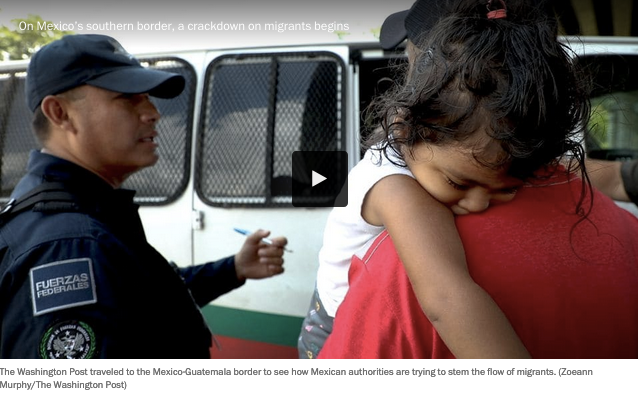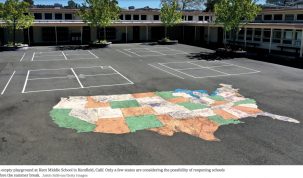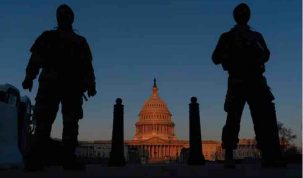The recent cyberattack on a U.S. Customs and Border Protection subcontractor didn’t expose just the faces and license plates of thousands of U.S. travelers. It also revealed the inner workings of a complex surveillance network that border authorities have long sought to keep secret.
CBP officials have downplayed the significance of the material taken in the hack, saying only that fewer than 100,000 photos of travelers had been compromised and that none of those had been posted to the “dark Web,” the corner of the Internet where stolen documents are often traded and displayed.
That assessment, however, woefully understates the number of sensitive documents that are now freely available on the Web — so much material, totaling hundreds of gigabytes, that The Washington Post required several days of computer time to capture it all.
The documents offer an unusually intimate glimpse of the machinery that U.S. officials depend on for the constant monitoring of legal immigration through the border. They also illuminate the government’s plans for expanding its use of license plate readers and facial-recognition cameras, including such details as how many cameras are focused on which traffic lanes at some of the busiest border crossings in the world.




